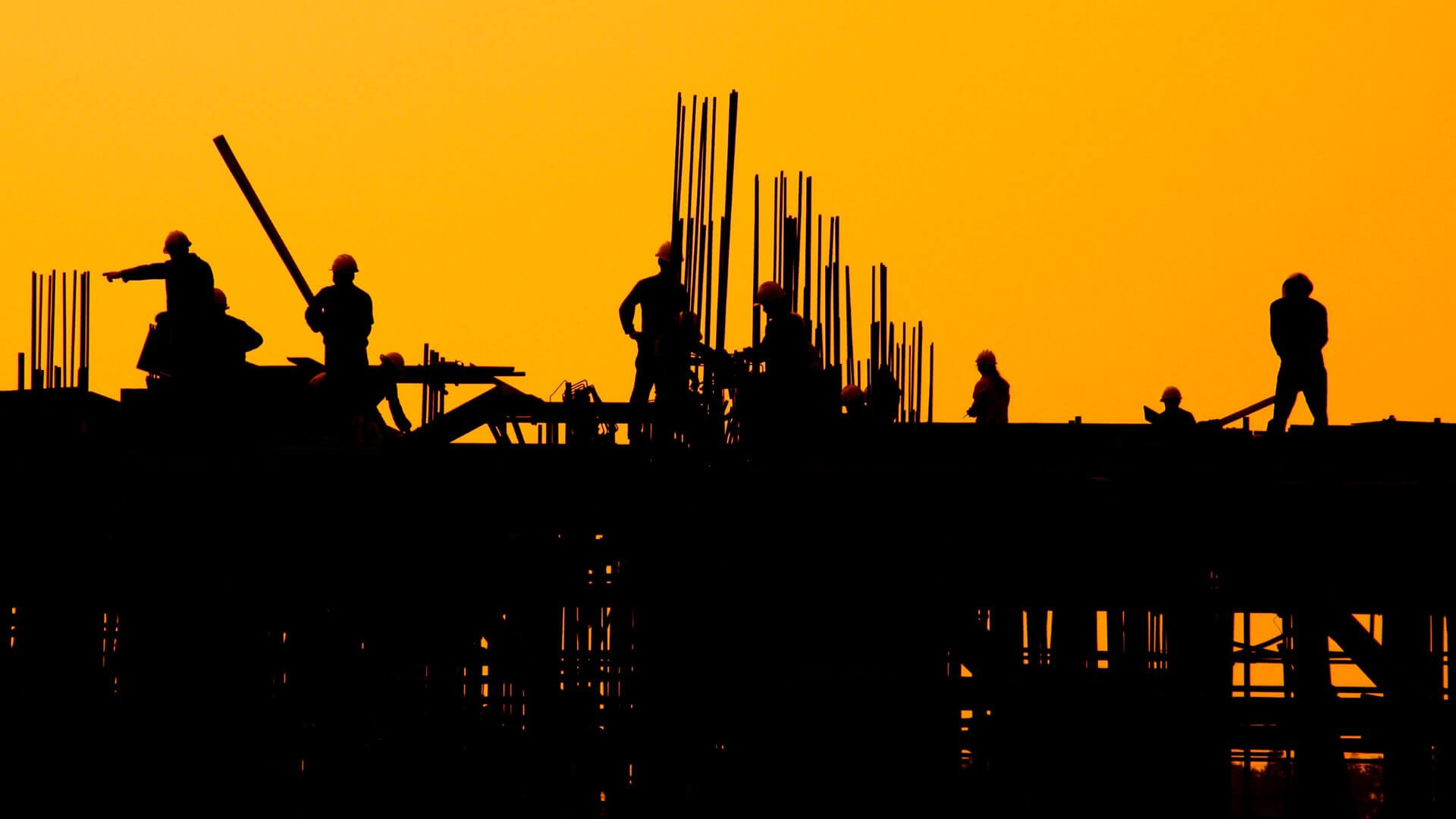If there’s one thing that you can say about construction projects, it’s that they generate a lot of waste. In 2018, the EPA estimated that it generated 600 million tons. So the question is, where does it all go? If you're a construction site manager, you will need to deal with the huge amounts of waste accumulated during your project.
Unfortunately, much of that waste goes to landfill. Our landfills are getting full, so we need to do everything we can to prevent waste from going there. Construction companies need to be more responsible with how they dispose of waste. Their environmental impact is too great, and besides, their customers demand it. It is up to you to safely and effectively remove waste from your construction site.
What Type Of Waste Is Generated?
The construction industry is incredibly wasteful. Almost everything they do generates waste, from the extraction of raw materials, transportation, demolition, and manufacturing. Improper planning, such as ordering too much materials or damaging them, greatly contributes to waste. There is also hazardous waste, such as paint, chemicals, and asbestos. Demolition materials are generated on every job site, from wood and piping to drywall. All of this must be removed from a job site; to do it safely, you need a management plan. Waste reduction should also be a part of your plan so that as little as possible goes to the landfill.
Waste Management Plan
You must have a waste management plan in place on every job site. It must be enacted before the work starts so that everything is disposed of correctly. To start, you must figure out how much waste you will generate on your job. It is usually best to overestimate this. Take into consideration demolition as well as waste that the work will generate.
You should also have a site plan for waste removal. Every work area should have a receptacle for easy disposal. If there is a need for recycling, then make sure there are receptacles for those materials as well. You should map our designated areas for removing waste from your sites, such as recycling and composting. Have some bottom dump hoppers available so they can be easily carried and dumped when needed.
Source Separation
Let’s face it: it’s easy to throw everything in the same bin and never think about it again. But, unfortunately, that’s not how we should manage waste. It's much better to separate your waste as you go because the sooner it is separated, the less chance there is for waste to end up in the wrong pile. For example, recycling needs to go with recycling and chemical waste with chemical waste. As individual workers dispose of waste in a dumpster or other receptacles, make sure they understand the need to separate and sort everything.
 image © LEEROY Agency
image © LEEROY Agency
Vendors
Vendors are an important part of the process. They remove the waste on a schedule, so your site is clear of debris. You will need specialized vendors to remove certain things, such as recycling and hazardous waste. They will remove what’s in the dumpsters and bring it to the waste disposal areas, such as the landfill, recycling, depot, or for destruction. Ensure each vendor has the proper certification to remove the waste safely. For example, someone removing hazardous waste must be licensed.
Subcontractors
Subcontractors aren’t immune from waste management either. Make sure that every subcontractor knows what their responsibilities are. Even if it isn't their normal routine, make sure that on your site, they follow your directives. Make sure that you clearly communicate what their roles and responsibilities are so that there are no misconceptions. Some subcontractors have their own waste disposal plan, which is fine as long as it is communicated to everyone ahead to time.
Waste Reduction
You should always be looking at ways to reduce waste. This includes wasted time, wasted money, and, yes, wasted materials. There are several methods to reduce waste and make it so that you don’t have to dispose of so much. For one, try reusing what was already in place on the site. For example, if a beam or some piping is still in good shape, then you can reuse them and save materials. Not only that, but it can also save you money since you won’t have to replace that item.
Material management will help you get the most out of your purchase materials. You want the right materials to be at the right job site at the right time. By investing in quality material management, you won’t just be preventing waste, you will be saving money. There will be no need to replace poor materials, and you won’t have to ship it over to another site if it’s at the wrong one. Planning for materials is also important. If it's going to be sitting around, then you should have something in place to protect it from the elements.
Organization
It’s no secret that a well-organized construction site produces less waste. When planning out your site, make sure that you clearly mark where you will dispose of your recycling, waste, and chemicals. This will make it simple for workers to find the spot and will improve your productivity. Also, always consider traffic flow so there won’t be any difficulty getting large amounts of waste to the disposal area.
Waste is something that will always be produced to construction sites. However, more and more clients are looking for environmentally friendly ways to build their projects. That means that not only should you do it for the environment but for your clients, too. Good waste disposal habits will also keep your area cleaner and safer. Follow the advice listed above to make sure that you dispose of waste properly on your construction site.





